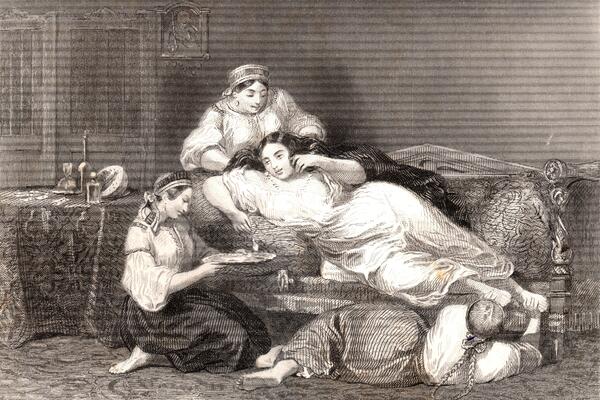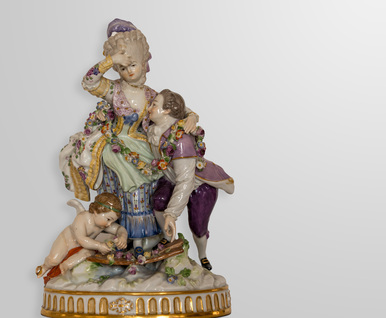In 1845, the French writer Frédéric Lacroix published a book “The Mysteries of Russia. A Political and Moral Sketch of the Russian Empire”. The book was never translated into Russian.
In her article “What Kind of Writer is in Fashion Today?”, Natalya Tanshina, an expert in the history of 19th-century France, called this work an exposing “anti-Russian pamphlet”, written with the sole purpose of “creating an extremely unflattering image of the enemy.” During that time, Russia’s increasing strength posed a threat for European countries. Tanshina also pointed out that the author of “The Mysteries” never even visited Russia. Probably, this is why his book is full of “catchy slogans, predictable images, stereotypes, and cliches… everything that the West is used to thinking about Russia.”
Despite a lot of bias and misinformation, Lacroix’s book provides a compelling description of old Russian customs and features noteworthy illustrations. The book includes 29 prints with drawings by the French draftsman and engraver Charles-Michel Geoffroy, one of which is “Daily Routine” (“Pastime”).
The print illustrates the ritual of “heel scratching”, popular not only in Russia but also in Eastern countries. It was mentioned in literary works, including memoirs, by the writers and journalists Nikolai Gogol, Anton Chekhov, Gleb Uspensky, Konstantin Skalkovsky, Ieronim Yasinsky, Mikhail Pylyaev, the lawyer Nikolay Karabchevsky, and others.
Empress Elizabeth (Elizaveta Petrovna) acquired the habit of “having her heels scratched” before ascending the throne while living in the Aleksandrovskaya Sloboda estate and took this habit with her to St. Petersburg. The massage helped Elizabeth get rid of swollen feet and even cramps caused by dancing frequently and wearing tight shoes.
Her maids of honor competed for the right to be heel scratchers, understanding that the position came with an advantageous opportunity to discuss important issues with the empress in private and potentially obtain privileges for themselves or their relatives.
Heel scratching was a relaxing foot massage. It was
in great demand among landowners and provincial aristocrats. The skill was
taught to female serfs along with embroidery, hair combing, and singing. This
unusual profession was a glaring example of the petty tyranny of serf owners
but remained in demand even after the abolition of serfdom, up until the early
20th century.




